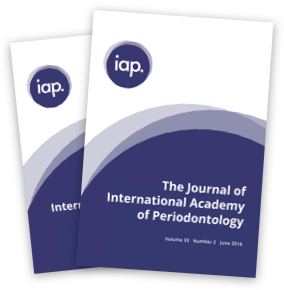January 2015 Supplement
Group B Reactor Report: Non-surgical periodontal therapy: mechanical debridement, antimicrobial agents and other modalities
Abstract
Introduction The Initiator Paper for this discussion group by Feres et al. (2015), is a well balanced and objective review of most of the non-surgical treatment modalities suggested in the recent decade either as adjunct or supplemental measures to mechanical debridement. Periodontal diseases are opportunistic infections caused by a proliferation of putative periodontal pathogens in a susceptible host and in an ecologic environment conducive to the colonization of periodontal niches with strict anaerobic bacteria. Consequently, the treatment of periodontitis must be anti-infective in nature and address both the composition of the bacterial colonization as well as the environmental factors that made it possible for pathogenic microorganisms to establish and proliferate. Hence, treatment of periodontitis is not only aimed at the eradication of the pathogenic microbiota, or at least the significant reduction of it, but also at influencing the environment to the extent that a health-associated instead of a strictly anaerobic microbiota may be established in periodontally diseased sites. This, in turn, means that physico-chemical conditions with a high partial pressure of oxygen (pO2), a high redox potential (Rh) and a neutral or low pH are promoted through the therapeutic measures.
